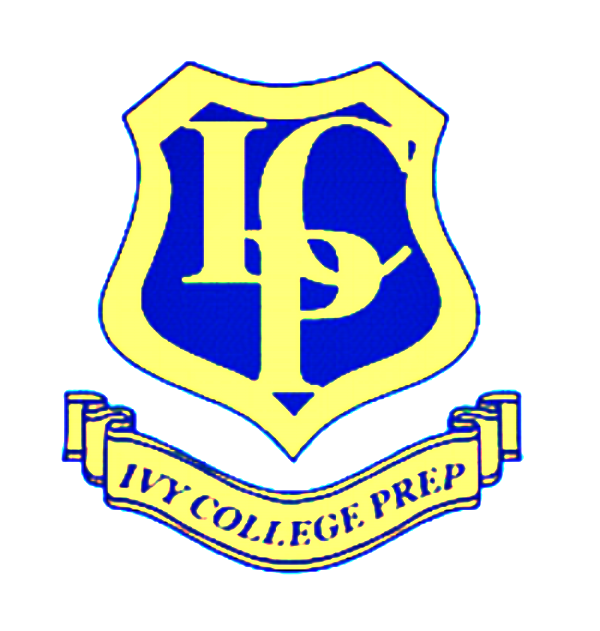If there is something important you wish to get across on your college essay, then it’s best to say it in the form of a story, a narrative essay.
This assertion confuses many for the simple reason narrative essay writing rarely is found in high school curricula: not in honor’s English classes, not in AP English Language, nor in AP English Literature. This is somewhat confounding since the Common Core State Standards, developed in 2010, cites the three essential types of essay writing, in order of importance, as argumentative, expository, and narrative.
A good narrative is based on a simple story with a distinctive pattern called ABT (and, but, therefore). For example, Dorothy lives in Kansas [and] has a cute dog named Toto, [but] then a tornado picks up her house casting her into the magical Land of Oz. [Therefore,] to get back to Kansas Dorothy must follow the yellow brick road and get the Wizard to help her.
Trey Parker of South Park fame explains the most effective elements of narrative writing, “I sort of always call it the rule of replacing ‘ands’ with either ‘buts’ or ‘therefore’…whenever you can exchange your ‘ands’ with ‘buts’ or ‘therefore’ it makes for better writing. (P.16 Houston, We Have a Narrative by Randy Olson, University of Chicago Press, 2015)
The ABT narrative is not the story, but the scaffolding for the story. ABT remains invisible overshadowed by content. Yet, any story can be reduced to ABT: it is the DNA of a story. It allows applicants to shape their information into a form that will work properly when it enters an admissions reader’s brain. People yearn for a good story with conflict and resolution.
A researcher named Uri Hanson conducted in 2008 fMRIs on subjects viewing film clips with and without narrative structure. Those watching clips with solid narrative structure had substantially heightened brain activity. More interesting, the narrative also brought unity to the thinking of a group. Specifically, those watching a Hitchcock thriller had brain patterns that were 70% similar (called Inter-Subject Correlation, ISC) as opposed to those watching a non-narrative who had 10-20% ISC.
This might not sound like a big deal, but for the admissions process it is a very big deal. Many times in some of the most selective admissions offices, Harvard included, an application is first read by the admissions officer who represents your region. That officer must then present your application for admission to the committee. If your application contains a narrative essay that elicits brain patterns among the admissions decision makers that are 70% similar, then your application has worked to ensure your message of candidacy stays consistent, coherent and memorable throughout the decision process. That is invaluable for any and all applicants. .
If you’re still dubious of the power of the ABT narrative essay, consider a few more examples. When a lot relies on an outcome, such as a Super Bowl ad, which costs around $4 million for 30 seconds, or the final summation of a legal case, ad agencies and lawyers turn to the ABT narrative. Keith Quesenberry, a lecturer at Johns Hopkins conducted a two-year content analysis of 108 Super Bowl commercials and discovered the ads with a clear narrative were rated significantly higher by viewers with many of the narrative messages going viral. According to Stephen Gillers, a law professor at NYU, when it comes to a summation the lawyer is selling a story. It needs to be good and unforgettable as a jury of 12 will be weighing its elements to reach a verdict.
For the college application it might be one, two, or a panel of readers. It is best to plead your case in the form of an ABT narrative. Package it differently and it might be easily forgettable, or worse, never considered at all.

